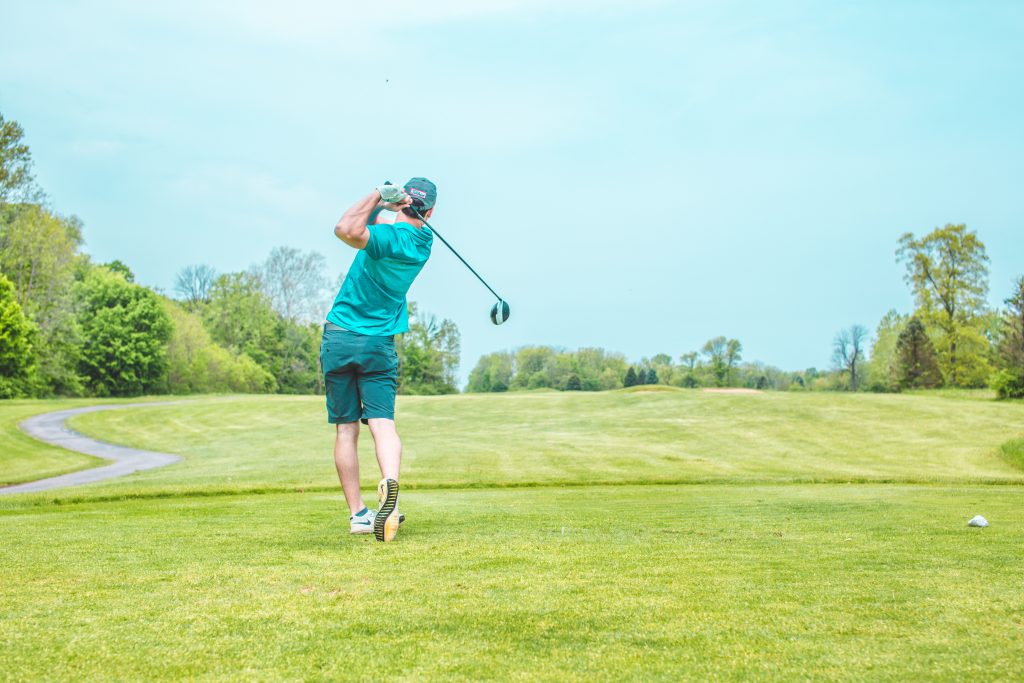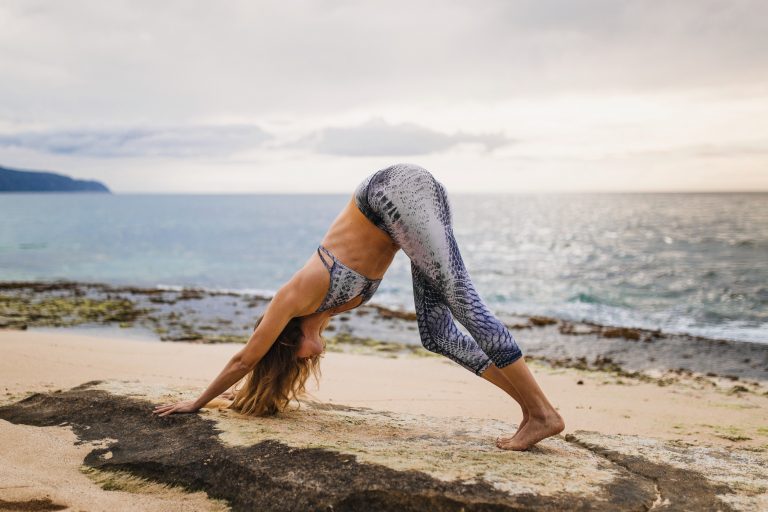IMPROVE MY GAME
Articles
Active Recovery: An Important Day in Your Week
Fri Mar 15, 2019 by Pam Owens

Here’s a common theme for high performers. You routinely play golf, train heavy, do long sweaty cardio (in the “zone”), intense cardio intervals or some other intense or heavy activity that makes you sore and tired. That is all good and even great. I say, give yourself a high five and keep up the good work!
So what do you do the other days to recover from your efforts and continue making progress? Well, the space between the efforts, also known as recovery has a huge impact in your future performance in gym and golf course as much as the training efforts. How well you recover can either boost your hard efforts and "fill the tank" or undo them and lead to chronic pain, persistent soreness, loss of fitness/power, sleep disruption, hormone disruption and lower immunity.
Using a balanced recovery routine over time makes a huge difference on how well your body "absorbs" and uses those performance efforts. Yes, you can hinder your valuable efforts and even undo them during your recovery time.
Under-recovery for high performers can look like this:
- You play competitive golf, get sore and tight, then take ibuprofen to recover. Or you just take ibuprofen even before you play or train just to make it through.
- Your week includes heavy training and/or intense cardio then you do nothing on non-training days or have no non-training days.
Both situations are commonplace and both can lead to a downward trend in performance, increased injuries and burnout. Poor recovery may start as just feeling run down, lower energy, irritability, achey or an inability to perform at previous levels.
Competitive golf, training and recovery go hand in hand. All three need to be in balance for continued performance. If one of the above examples is you, then incorporate 1 or 2 active recovery sessions as part of your overall week and see how your performance and well-being improves.
One of the benefits of using TPI screens to evaluate mobility or power is that it helps establish a baseline for athletes. If an athlete's power or mobility is decreasing unexpectedly, a fitness professional can easily identify that there is an issue with the program or the recovery. One of the many shortcomings of self-directed workouts is that cycles aren't considered. Additionally, athletes tend to do what they want to do, not what they need to do. Mobility work and purposeful, active recovery are often left out.

What is ACTIVE RECOVERY?
It's 20+ minutes of mild/moderate movement/activity that you enjoy, usually outside, that revives you and gets you moving. It should get the blood flowing, joint fluids flowing and should be a distinct change of pace from intense activity. Active recovery can be fun, enjoyable and should be non-competitive. It promotes happy, not stressful feelings. Active recovery rejuvenates you, increases your mojo and energy level, clears your head and results in good feelings.
Examples of active recovery can be light to moderate walking, stretching, dancing, light swimming, easy short game golf practice, non-competitive doubles tennis, etc. You fill in the activity that works for you as active recovery is personal to your needs.

Why do ACTIVE RECOVERY?
What happens on our days off from golf, strength & cardio is extremely important yet underrated. Recovery is where the magic happens. Recovery is when the body re-builds, rests and heals. A lot of chemical processes take place during recovery and actively recovering helps us "chase" recovery, improves circulation, fluid flow, healing, parasympathetic hormone release,
So get moving, flap your arms and legs and have fun! Love yourself a little more with active recovery! On most Saturdays my active recovery entails walking and talking with a friend in the 'hood. On other days especially when I am traveling, I do my active stretching CARs (controlled articular rotations) routine and add some mat Pilates movements to get into deep end ranges of my joints. You can’t imagine how great this feels! Walking, swimming, yoga or other activities feel really great too. Active recovery can have an almost analgesic effect which is way better than taking a pill for recovery.
Make ACTIVE RECOVERY part of your workout week. Plan 1 - 2 days of active recovery in your weekly schedule for better recovery and lasting performance. When you return to competition or training you’ll likely experience a boost in your performance.

Other recovery strategies must be incorporated consistently as well to "fill the tank.” Not covered in this post yet critical is consistent sleep, workout nutrition, supplements, and body awareness/feelings and self-talk. A great step is to have your coach review your overall activity and nutrition to ensure your efforts are in balance for continued improvements in golf and training performance.
For online or in-person stretching routines and balanced workout programs reach out to me here.

Pam Owens was the first Level 3 TPI Golf Fitness Professional in Texas. She is an industry leader in fitness programming and nutrition coaching for TOUR players and amateur golfers all across the country. Over the years, Pam has contributed 21 exercises to the TPI video library and several articles on mobility and power. Pam owns Pam Owens Fitness and is the Fitness Director at Royal Oaks Country Club in Houston, Texas and would love to connect with you on fitness and nutrition via her website.